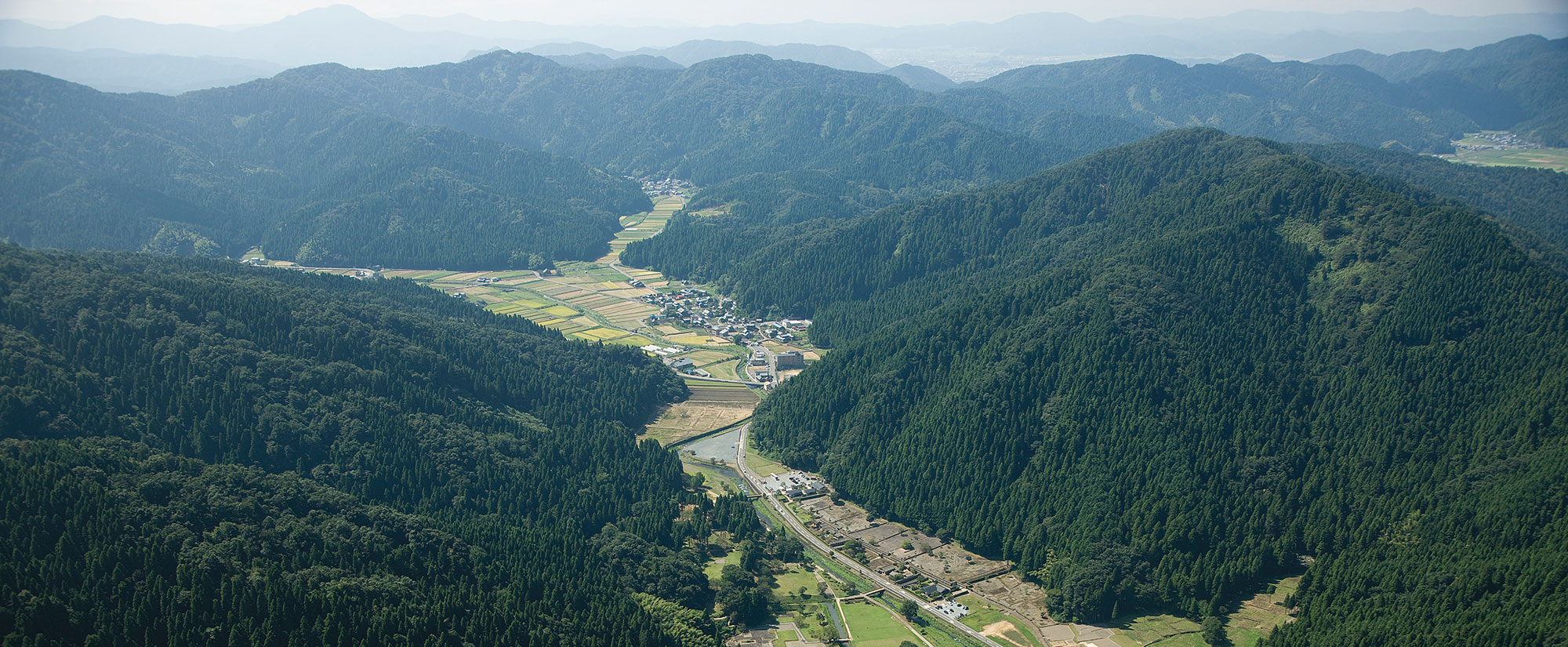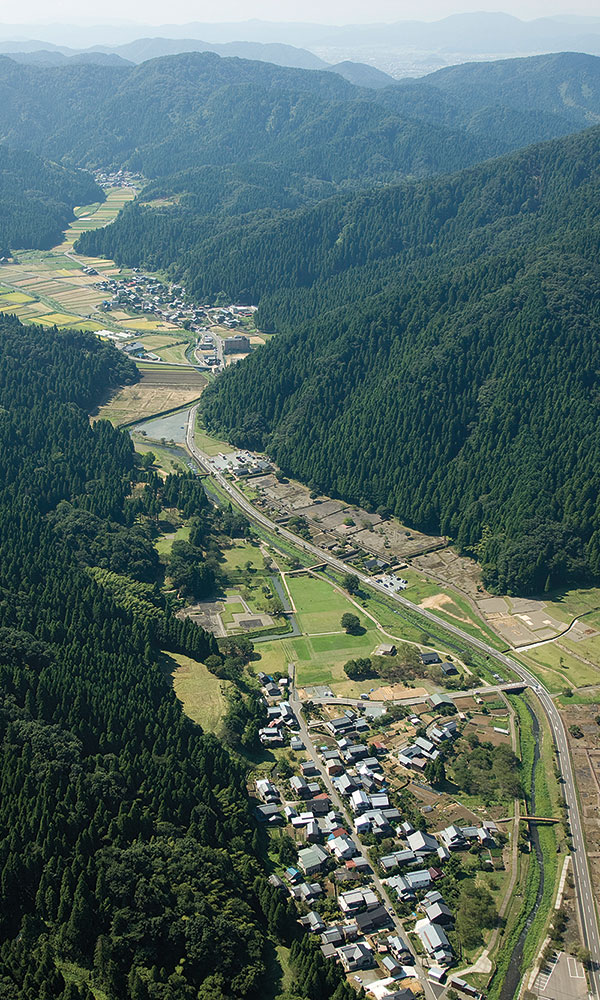CHEGA SOFLA, IRAN—Science News Today reports that archaeologists excavating a Copper Age cemetery in western Iran recently noticed the unusual skull of a young woman among the burials. Her elongated and cone-shaped cranium clearly indicated that when she was younger, she had undergone some type of skull modification, a process that usually involves the binding of a child’s head with cloth during their formative years. The report notes that for many cultures across the globe, from the Central American Maya to the Huns of Eurasia, cranial shaping was a symbol of beauty, status, or identity. In this case, the researchers believe, it may have marked the girl as someone of significance 6,200 years ago. Upon further examination, however, they also noticed a skull fracture indicating that the young girl, who was not yet 20, had suffered a devastating blunt force blow to the head that certainly killed her. They suggest that although her skull bones were thinner and weaker as a result of the modification process, the head trauma was so severe that it would have killed her even if she had never been subject to the procedure. It is still unclear whether she was deliberately murdered or suffered some kind of accident. To read about the practice of children's cranial modification along the Peruvian coast a millennium ago, go to "Peru's Great Urban Experiment."
Young Woman with Cone-Shaped Skull Suffered Fatal Blow 6,000 Years Ago
News June 12, 2025
Recommended Articles
Digs & Discoveries November/December 2025
BYOB(oar)
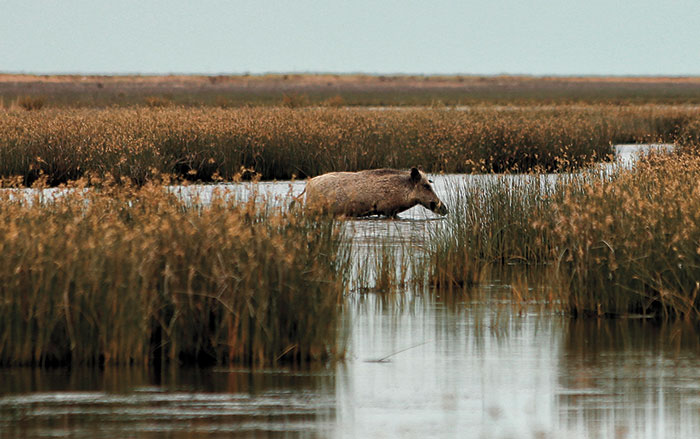
Features March/April 2025
Ahead of Their Time
Excavations reveal the surprising sophistication of Copper Age villagers in southwestern Iran 6,000 years ago
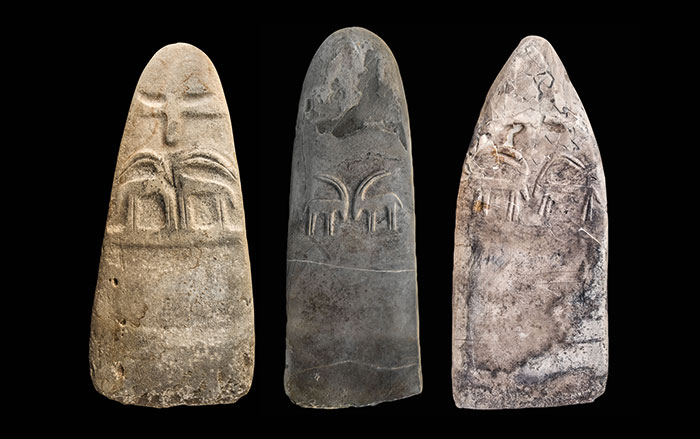
Features November/December 2024
Exploring Ancient Persia’s Royal Fire Temple
At a remote lake in the mountains of Iran, archaeologists have identified the most revered Zoroastrian sanctuary
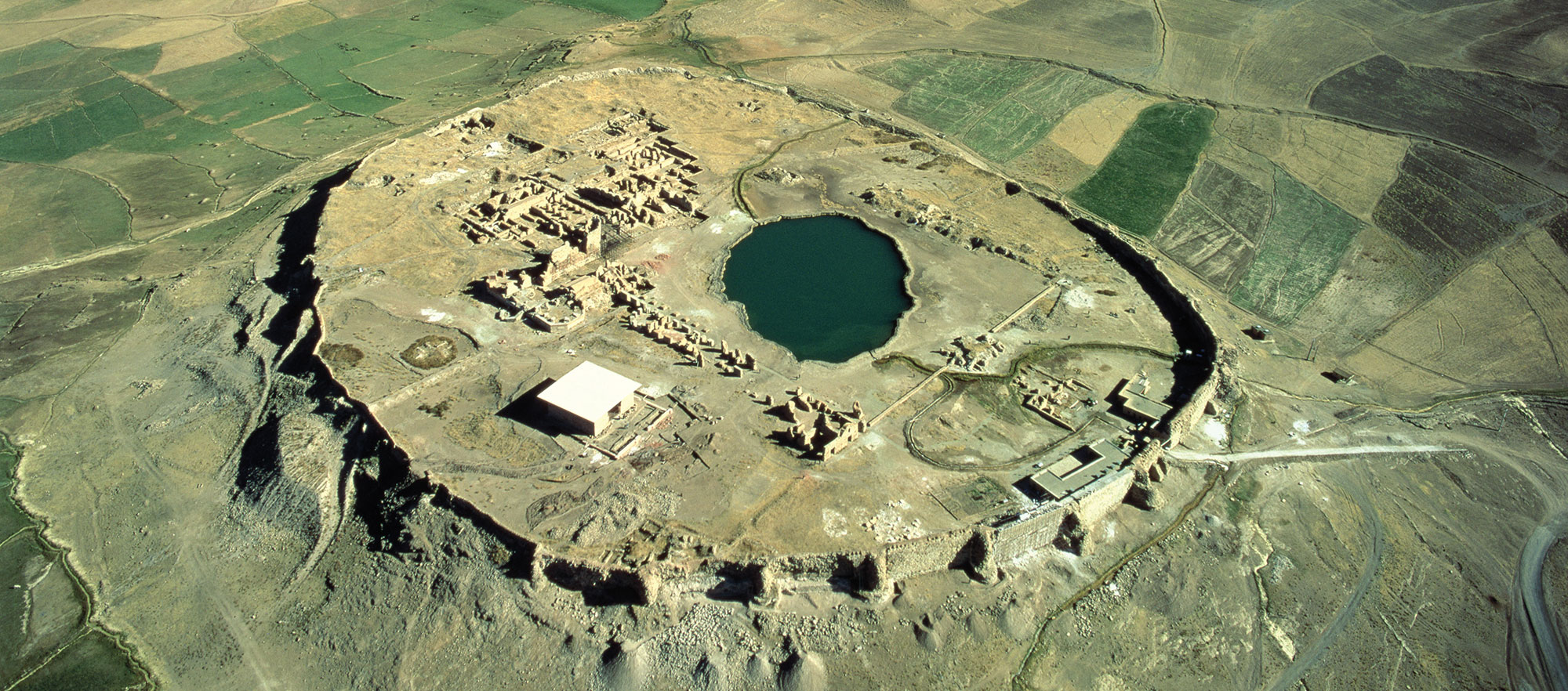
Digs & Discoveries May/June 2024
Near Eastern Lip Kit
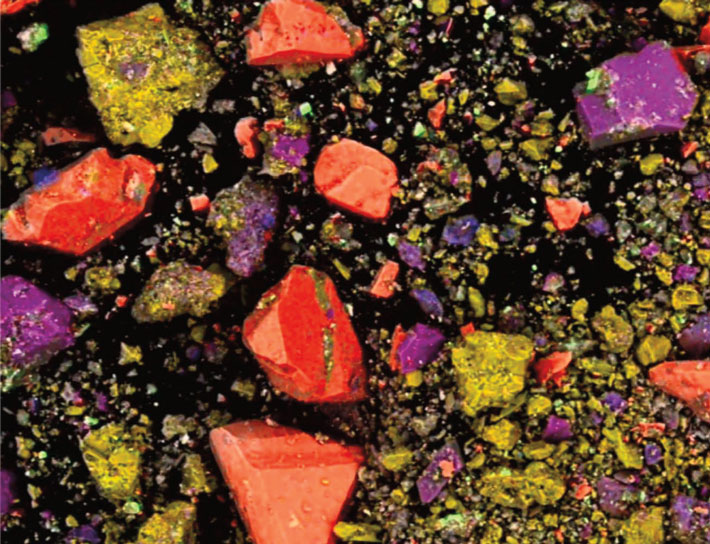
-
Features May/June 2025
A Passion for Fruit
Exploring the surprisingly rich archaeological record of berries, melons…and more
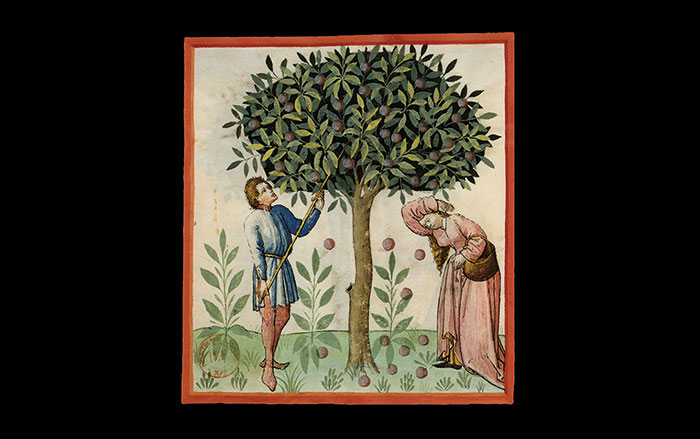 © BnF, Dist. RMN-Grand Palais/Art Resource, NY
© BnF, Dist. RMN-Grand Palais/Art Resource, NY -
Features May/June 2025
Goddess at the Crossroads
Why a city put its trust in a Greek deity feared throughout the Mediterranean world
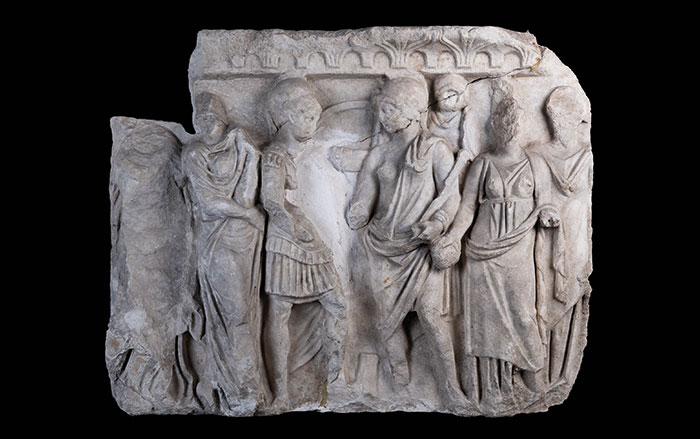 Istanbul Archaeology Museums
Istanbul Archaeology Museums -
Features May/June 2025
Desert Paradise Found
How a tiny, water-rich kingdom came to dominate vital trade routes in the Arabian Gulf 4,000 years ago
 Courtesy BACA/Moesgaard Museum
Courtesy BACA/Moesgaard Museum -
Features May/June 2025
Peru’s Timeless Threads
More than 1,000 years ago, master weavers kept the ancient traditions of the Moche culture alive
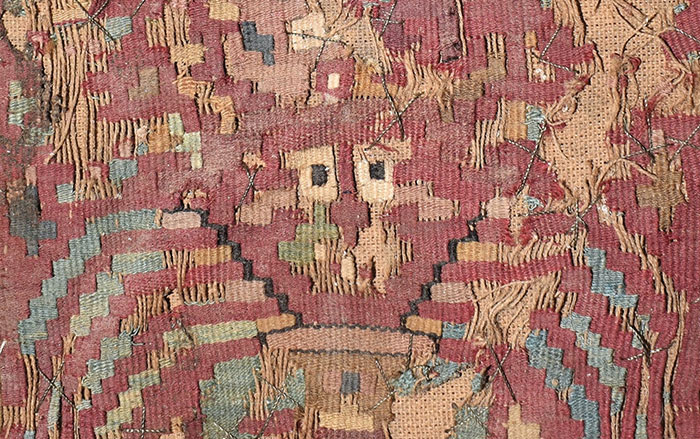 Jeffrey Quilter
Jeffrey Quilter


